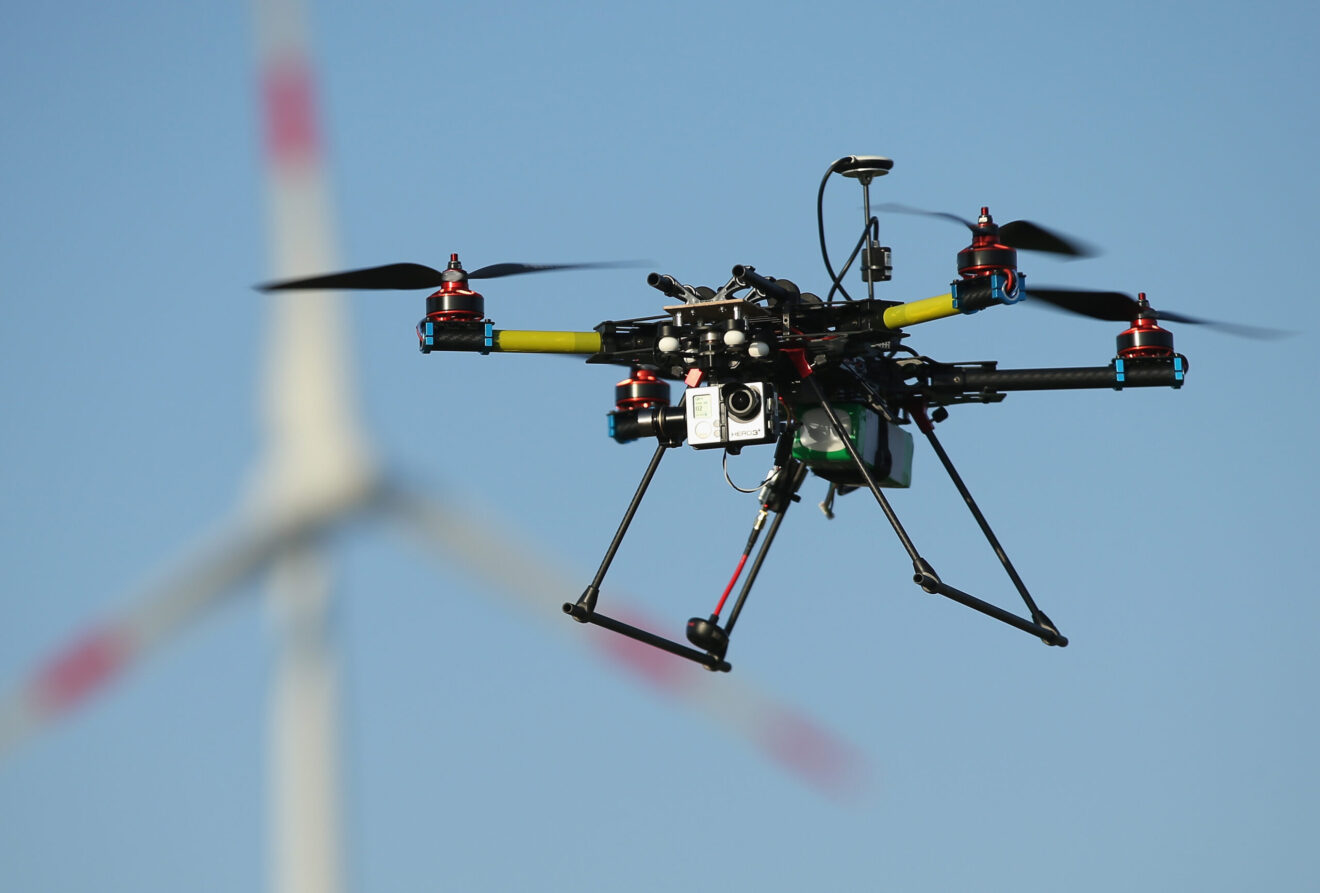Drones are rapidly becoming the go-to option for wind farm owners/operators looking to optimize operations and maintenance programs and improve safety. Cutting-edge drones can inspect a turbine in a matter of minutes and generate levels of data that enhance digital asset management.
At the recent American Wind Energy Association’s Operations & Maintenance and Safety Conference, Harjeet Johal from drone-as-a-service company Measure shared insights on the current landscape in drone technology. According to Johal, advancements in autonomous drones, LiDAR technology and high-definition cameras mean the case for leveraging drones to conduct turbine inspections is compelling for a number of reasons:
- Increased efficiency – A drone can inspect a turbine in just 30 minutes. Faster inspections means less down time and allows turbines to spend more time generating power.
- Better data – A drone equipped with the latest technology can detect defects as small as 5 mm … a size that might be missed by humans conducting a visual inspection.
- Reduce hazardous employee hours – Human visual inspections can be dangerous. Drone inspections protect employees and reduce health-related costs.
- Improve asset productivity – More frequent inspections allow owners to detect and remedy issues sooner and prevent costly downtime.
- Store and track data – ?
Johal, who serves as is the VP of Energy for Measure, explained how the wind energy market has advanced in such a way that different cameras are being deployed to suite different needs. While drones that feature 20 mega-pixel cameras are sufficient for routine operations and maintenance, drones with 41 mega-pixel cameras are being put to use for more minute tasks like warranty and insurance claim adjustment inspections.
Johal also offered some advice for wind farm owners evaluating the value of drone inspection service providers: Make sure any prospective vendor’s processes are reliable and repeatable. Some firms are well-equipped and can deliver precise data when inspecting a handful of turbines, but they might struggle to maintain quality and data reliability when tasked with inspecting hundreds of turbines.
Going forward, Johal says drones are likely to play a larger role in the wind energy sector as new software and hardware is developed to meet the custom needs of operations and maintenance professionals.
